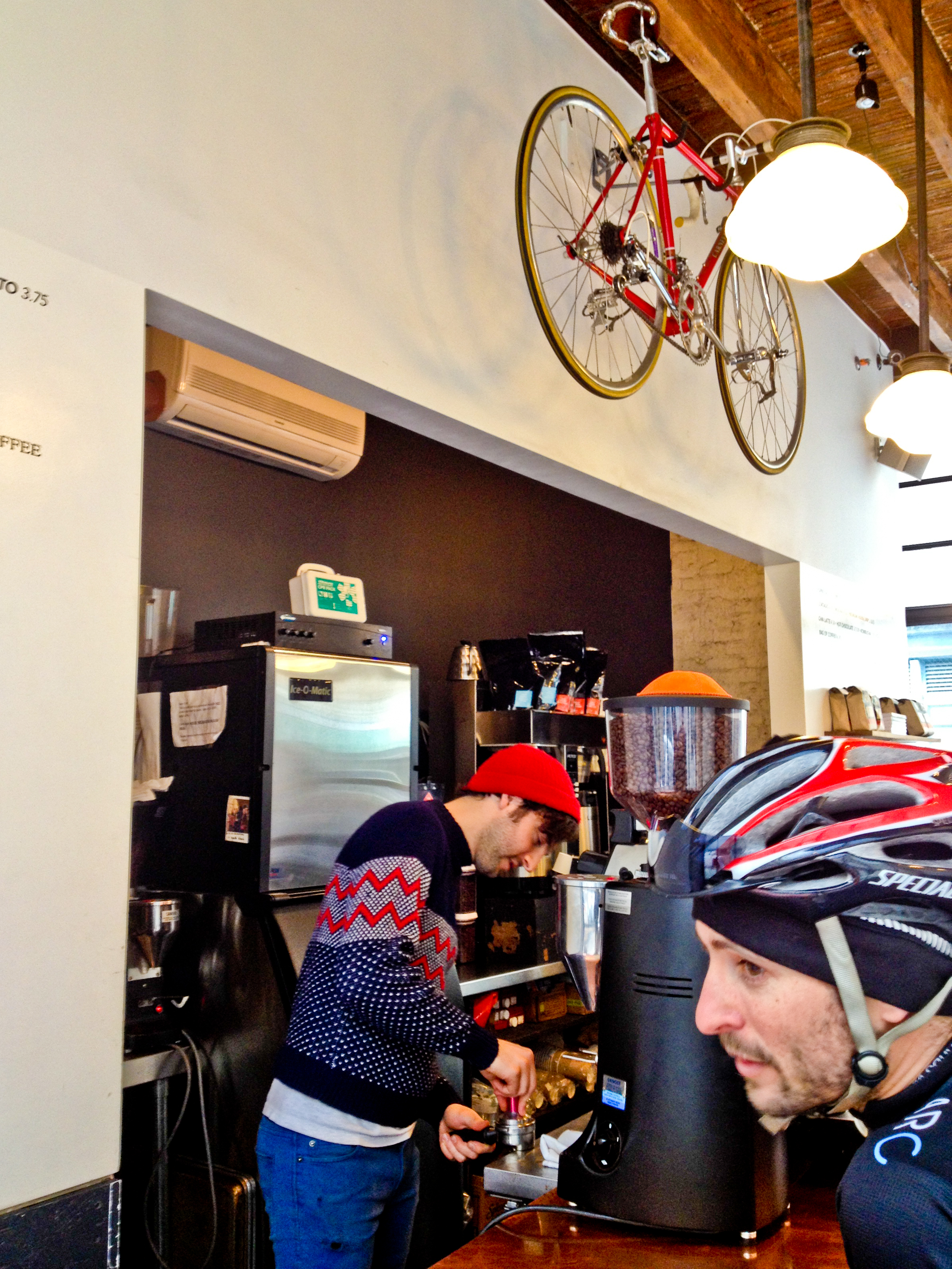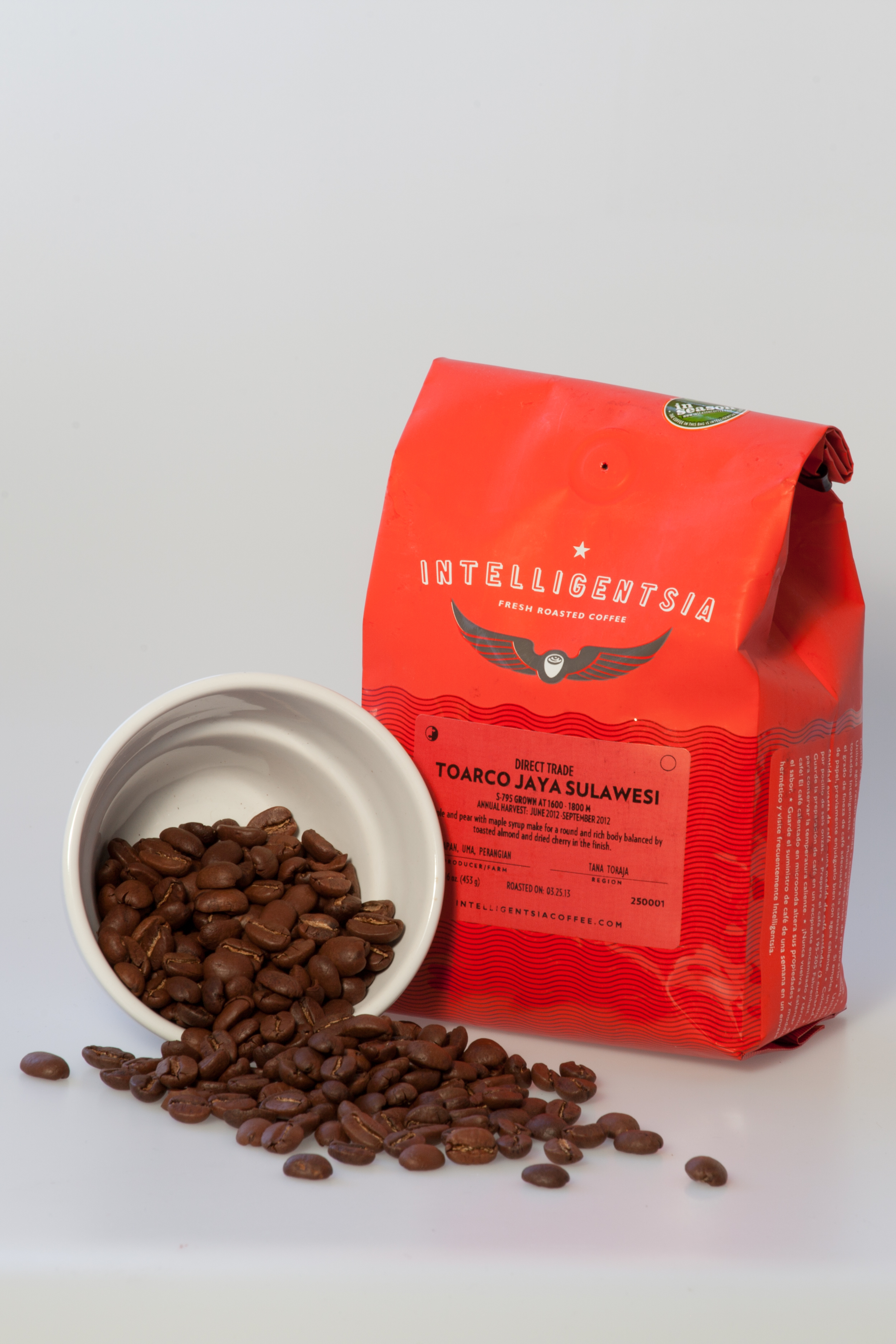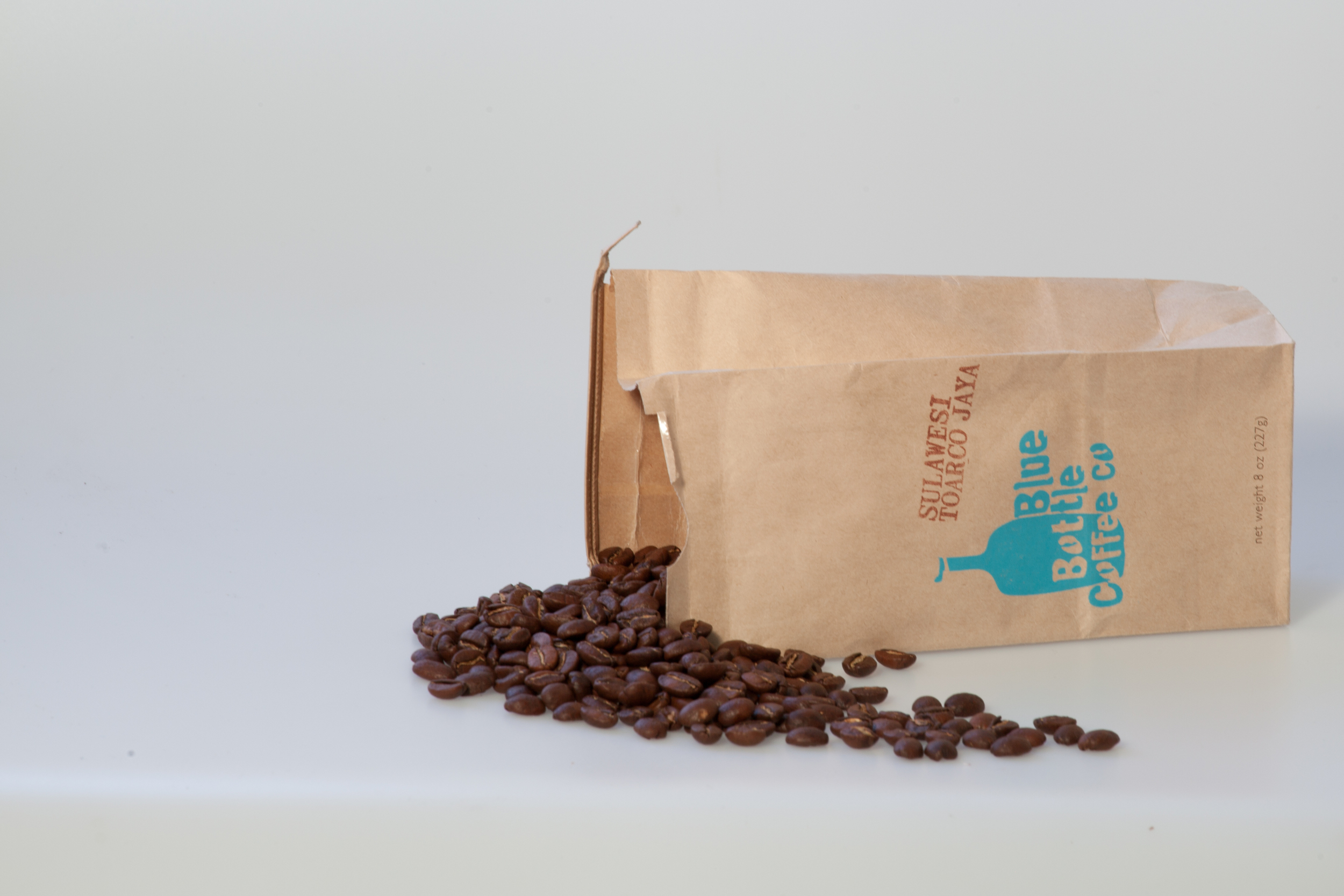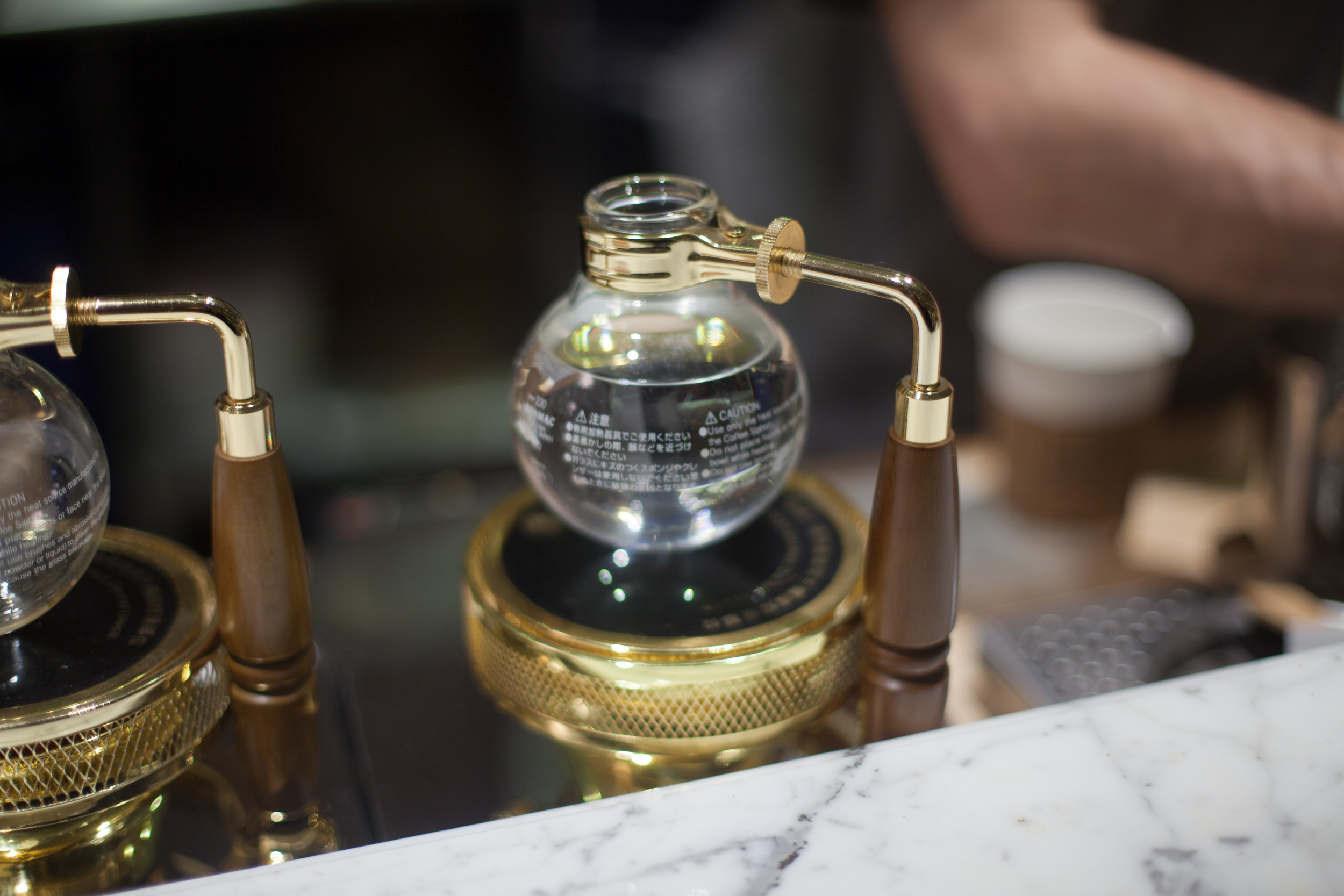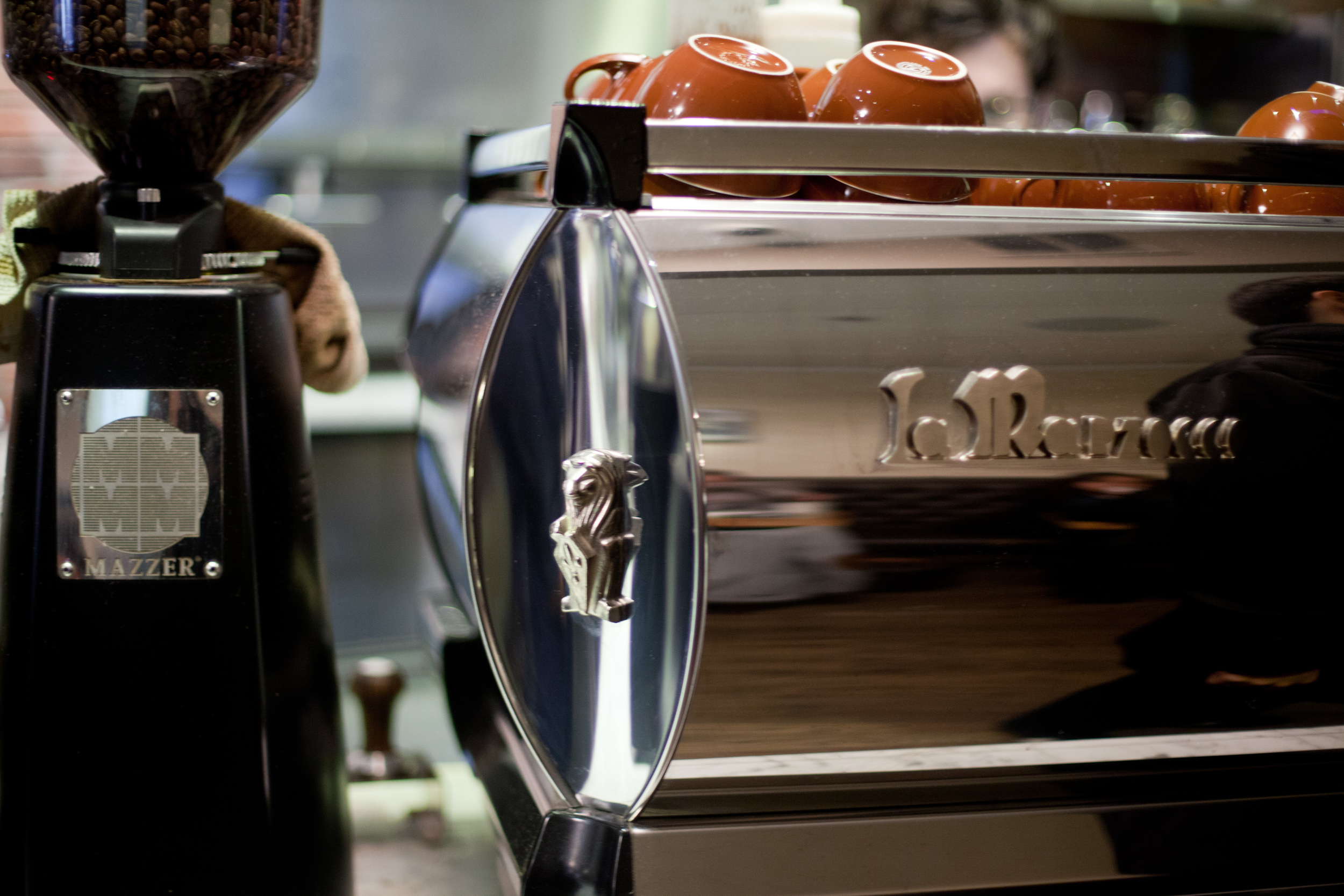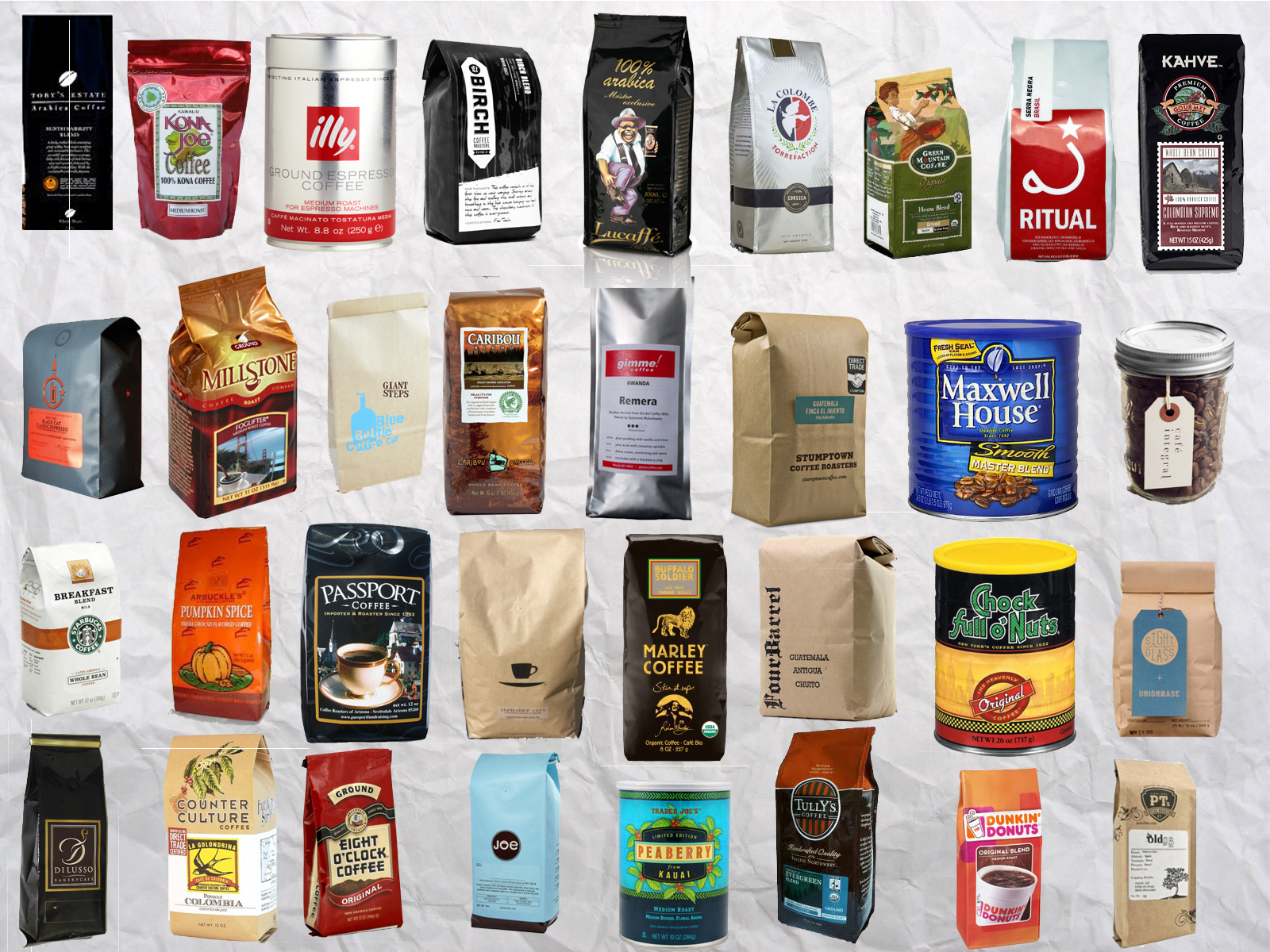We are proud to add a new roaster to our all-star lineup of office coffees: Counter Culture Coffees! Counter Culture delivers directly from the farmers to give coffee lovers handcrafted goodness and "the most delicious and exciting coffees in the world." It also happens to be one of the "Big 3" Third Wave Coffee Roasters along with Stumptown and Intelligentsia. It's basically a huge deal. :)
By agreement with Counter Culture, we can only offer these great beans in five-pound bags, unground.
Espresso Toscano: Sweet dark-chocolate and buttery caramel
Honduras Finca El Puente: Called in 2005 the “Purple Princess” this coffee has an astounding cup of lavander, grape and plum
Honduras-Finca-El-Puente-543x430
And Number 46: a European-style blend and crowd pleaser
Counter Culture office coffee is also awesome because of their coffee education program called Counter Intelligence (the name is a little Counter intuitive - ha!). They have training centers in NYC, North Carolina, Atlanta, and D.C. to educate those who are interested in how to craft the tastiest coffee!! And considering over 54% of Americans over the age of 18 drink coffee every morning, it wouldn't hurt to know how to make it well.
So there's Counter Culture office coffee for you and hopefully it ends up on your counter!
What do you call a cow who's just given birth?
...De-calf-inated!
Joyriding WalkAboutNYC : Tech Edition
This year's WalkAboutNYC: Tech Edition is happening on May 17th and we'll be there.
The lovely Joyrider's at Harvest have put together this event to give New Yorkers a chance to see cool people doing cool things. The renaissance in tech in New York, If you did the whole tour, you'd be able to find our machines in fifteen of the offices, so keep out a weather eye for quality coffee.
If you can make the kickoff, we'll be brewing there, so if you want a chance to talk, or have some question you want answered about coffee, come on by and say hi.
Registration (click here) just opened for the event, but slots go quickly so register soon!
P.S. Fill out the survey at the end of the event, and you'll be getting a little (but delicious) thank you from us here at Joyride.
Cafe Review: Gasoline Alley Coffee
Joyride has found good coffee in a beautiful space.
Gasoline Alley Coffee (331 Lafayette St New York, NY 10012) is a serious cafe, serving Intelligentsia beans on a La Marzocco. On my visit, Daniel, one of the old Joyride Truck baristas was showing his skills at latte art. I got a chance to discuss beans, cafes and coffee culture in New York with the owner (a serious biking fiend). The space itself is consists of a slice of the building, with massive windows facing onto Lafayette as well as Mulberry. In the spring and summer, both sides are opened up and the space gets an invigorating cross breeze. Other than well pulled shots (and those are hard enough to find) they also prepare a Japanese style cold-coffee as well as selling Mast Bros. chocolate. If I were in the area for a meeting, this would be my first choice for an espresso and even if I weren't it is worth a trip to see the clean, but elegant design work that went into the space.
Daniel, used to be a Joyride Barista back when we still had the truck.
The Gasoline Alley La Marzocco
In Short: Clean, minimalist space with a clean, minimalist menu. Both are very well executed.
The Year of Sulawesi: A Renaissance in Indonesian Coffee
Indonesian coffees have long been considered earthy, and frequently flawed. Not anymore thanks to the Toarco Company.
This year, for the first time, I've had an Indonesia that I liked enough to purchase it for personal consumption. Our roasters agree. Blue Bottle, Stumptown and Intelligentsia have all released coffees from the Island Sulawesi, sourced by the Toarco Company of Japan. These coffees are sweet and bright in a way that I have never seen in an Indonesian coffee. For a long time these lots were snatched up by the Japanese market. This year, however, they've made their way to America and I'm damn happy they have. These coffees differ from traditional Indonesians in a number of ways, and well take a look at those differences.
The Toarco Company
This company has been operating on the island since 1976 and has a business model very reminiscent of Third-wave roasters. Indonesia's coffee crops are largely grown by small holders, owning on average only 1,200 trees. Because of this dispersion of control, quality is difficult to monitor and education difficult to disseminate. The Toarco company has created a model plantation, where they educate farmers on proper husbandry, picking, and processing of coffee. Farmers are welcome to come and learn how to properly operate their own farms more professionally, leading to fewer flaws in the resultant cup. To reward better practices, the company uses a strict pay-for-performance model, rewarding the most successful farmers with the highest prices. All the coffees purchased by the Toarco company are cupped three times during their evolution from cherry to green bean and are judged based on quality of cup, size of beans and number of defects. They will purchase coffee only from farmers and collectors who agree to adhere to their uniquely strict sourcing, picking and processing requirements.
The Terroir and Varietals
Coffee was first brought to Indonesia via India by the Dutch East India company in the early 1700s. Coffee was, at that time, a new and popular drink among wealth bourgeoisie and royalty, with prices as high as $300/lb (adjusted for inflation). The plants brought to Indonesia were of the Typica varietal and were from East African stock. These early plants are considered a 'noble' varietal, that is to say, they are damn tasty. Over time, most of these trees were replaced by Robusto and and the arabic hybrid Catimor - both of which have higher yields and are less susceptible to leaf rust (such as the rust that is currently ravaging Colombia). Unfortunately, they are also not as tasty. Due to the rural nature of Sulawesi, those changes never took place and thus, you can still find the original Typica, as well as another great varietal, S-795, all throughout the region. To help maintain these varietals, the Toarco company gives away free seedlings grown on its model estate, Pedamaran. In doing so they are ensuring that these lower yielding, but better tasting varietals continue to thrive in the face of the pressures of globalization and access to alternative, hardier trees.
The Processing
Most Indonesia coffees are processed using the wet-hull method: while the beans are still not fully dried, they are bought to market, where they are purchased, damp, by a middle man. Due to the difficulty of transportation and storage in rural and humid Sulawesi, the typical transportation to well established facilities that we see in Africa and Latin America is damn near impossible for these small-holding farmers. The Toarco company has mitigated this difficulty and in doing so allowed for a better, if more expensive processing system, by setting up rural coffee purchasing stations where the farmers can bring their crops. These are then aggregated and dried fully in their parchment before shipping out. The result is that most of the fruit-like brightness and acidity survives the processing in way that it can't survive wet-hull processing. This difference alone has a drastic impact on the cup, yielding notes that I've never had before in Indonesian coffees.
With an understanding of the background, lets take a look at the specific offerings. They come from slightly different lots but they are all syrupy, fruity and absolutely worth buying if you can get your hands on them.
Intelligentsia Toarco Jaya Sulawsi Region- Tana Toraja Varietal- S-795 Elevation- 1600-1800masl Processing- Wet Processing Cup- Apple and pear with maple syrup make for a round and rich body balanced by toasted almond and dried cherry in the finish. Retail Price- $20/12oz
Stumptown Indonesia Sulawesi Toarco Toraja Region- Toraja, Sulawesi Varietal- S-795, Typica Elevation- 1400-1800masl Processing- Washed Process Cup- Sweet and juicy notes of red currant and plum coat your palate in a cup with the taste and texture of molasses. Retail Price-$16.50/12oz
Blue Bottle Sulawesi Toarco Jaya Region- Tana Toraja, Sulawesi, Indonesia Varietal- S-795/Jember, Typica Processing- Wet-processed Elevation- 1450-1600masl Cup- Huge, sweet body with much more complexity than your typical Indonesian Retail Price- $13.89/12oz
Having tried all three of these coffees, it is immediately apparent that they aren't from the same lot. Those small differences in elevation and origin have lead to three different, yet good cups. The blue bottle is full-bodied and juicy without leaning toward a muddled cup, while, on the other end of the spectrum, the intelligentsia is surprisingly nuanced for such a chewy cup. The Stumptown falls somewhere in the middle, but maintains an attractive sweetness. These coffees bring to mind some of the sweeter Ethiopians I've had, although their body is significantly fuller. This style of coffee is unlike any I've had before. If this is the direction Indonesian coffees production is moving, then I for one welcome the change.
Preferred Brew Method: These coffees make a killer cup that comes out as even fuller and richer when prepared on the french press.
Cafe Review: The Thinking Cup
This past weekend I had a chance to Visit the Thinking Cup, in Boston's South End.
Here are some photos. The thinking cup sells Stumptown Coffee as well as a large variety of Baked Goods, from Cakes to Biscotti. They have a La Marzocco/Mazer match up. Even better, they'll do a pour-over or a siphon of any of three Single Origins. When I went, they had the Sulawesi Toarco Peaberry, the Ethiopian Nano Challa and a Colombian. I thought my pour-over was quite good, but the espresso left something to be desired.
When I first started regularly visiting Boston, the coffee situation was pretty grim. In the last three years, however, it has gotten much better, to the point where I'm no longer bringing my own beans, grinder and French Press on every trip. The next step seems to be one of the Big three opening a roastery, or a Local company stepping up to the plate and taking a crack at Direct Trade.
-Adam
How to pick a good bag of coffee (without tasting it first).
I find myself often explaining to my fiancee why different aspects of coffee matter, and how, before I even open the bag, I can tell if a coffee will be good or not. Here's how.
Preamble
One fine day my fiancee called me a snob for not wanting to try a new coffee. To her mind, I was being closed minded and arrogant for thinking that I knew everything about the beans. In the end, I caved and tried the coffee. But to prove my point I did a blind, side-by-side comparison of the un-named coffee and a Blue Bottle ABS Finca La Florida SO. I was vindicated, but it got me thinking, how can you figure out if a coffee is good without trying it? The truth is, you can't. But there are definitely some indications that a coffee has the potential to be good. Here are the things to look for:
What to look for in a good bag
1. A respected roaster- The chances are, that if you are buying coffee from a roaster you respect, then you are probably getting a high quality product. The coffee may not be to your taste, exactly (for example, I usually don't care for Indonesian coffees) but it should be relatively free of flaws. This is the single easiest way to ensure you're buying a decent cup.
2. Roast date- Buy fresh coffee. Even more importantly, make sure that the package has the roast date labelled on it. I've had people try to tell me that roast date doesn't matter. When you hear that, turn around and leave, the chances aren't good that you'll get a cup worth remembering.
3. Whole Beans- I understand that not everybody has a grinder at home. Ideally, if this is the case, you should buy the whole bean bag, and then have the cafe, or supermarket or whatever grind it for you. If the packaging says "Ground" you're barking up the wrong tree. Coffee that is manufactured and ground right then and there may offer an okay cup, but it shows a lack of understanding about how truly exceptional coffee needs to be treated.
4. Terroir and Farm- Most coffee snobs have a preference for a region when it comes to coffee, but that isn't what this is about. If you only ever stuck to your wheel-house you would never get to try some of the amazing coffees that exist in the world. Check the packaging, and lacking that, ask the barista about the sourcing for the beans. If the barista doesn't know, and the package doesn't say, you are more likely to get an indifferently sourced coffee. Simply having the country, however is not enough. Because of the way that coffee is traditionally (i.e. not Direct Trade) sourced, country of origin alone will tell you little about the beans. Look for some indication of the farm, region or co-op the beans are from. Even better, look for some marking as to the wash and drying process. Attention to details like this on the part of the roaster are essential for a truly good cup. Even if you are buying a blend, which often won't have as much information about source, a good roaster will give some indications as to where the component coffees come from.
5. Cupping notes- These will at least let you know that the roaster has tried their coffee. If there are notes like "Pipe tobacco" or "tar" you may be looking at a nice way of saying "we roast the crap out of our poor beans or we buy muddy beans in the first place." That isn't always the case; sometimes a coffee is bold and earthy and isn't a bad thing.
What to avoid:
1. 100% Coffee- You would hope it would be. This is a way of saying "we don't know what's in here"
2. Robusto- For the most part, any coffee bragging of being a robusto is assuming ignorance on your part.
3. 100% Arabica- This is much more common. It is true that all the best coffees in the world come from this pant-leg as it were of the bifurcated species of coffee. But not all Arabica are created equally. You should look instead for a mention of varietal. Not all coffees will have it, but if they do, you're more likely to get a better cup. The varietal itself doesn't guarantee quality, but attention to details such as varietal imply a level of attention necessary for good beans.
4. Meaningless labeling- If a coffee is talking about the "joy of a simple cup" or the "fine tradition of Costa Rican coffee growing" they are wasting space where they could have been giving you information on what you're drinking. Often, this is due to a lack of knowledge on the roaster's part. Packaging should be informative, not trying to evoke a feeling. That is what the beans inside are for.
I can't guarantee that if you follow there guidelines you'll love all the coffee you ever buy, but you'll certainly be more likely to. Cheers and good hunting.
-Adam
Joyride gets La Colombe Samples
We had a sit down with La Colombe at while back, and they were kind enough to send us a huge number of samples.
These are just a few of them. La Colombe is a Philly based operation that has been around since 1994. They predate what is typically considered the "third-wave" of coffee and their model is different.
In terms of coffee, La Colombe has a two-tiered system. On the bottom they have their wildly popular blends, most of which have ethical accreditation. On the top, they have their answer to the Stumptowns, Intellegensias and Counter Cultures: The Workshop Series. These coffees focus on the origins of the coffees to a greater degree, and like the blends, have ethical accreditations (organic, fair trade, shade-grown etc). While the blends tend to be roasted quite darkly, these single-origins focus more on the lighter-side of La Colombe. They even have a robusto single-origin (sacrilege, I know). Finally, they sent us "Coffee Caramel" which is kind of like if coffee and nutella had a love-child with the most dangerous qualities of both. And like nutela, I've been eating it with a spoon in quantities far too great for my health. And like coffee, if you do that at 8pm you'll be up all night.
If you have a chance, I recommend checking out their cafe on Lafayette. The ambiance is great and the baristas well trained.
-Adam










